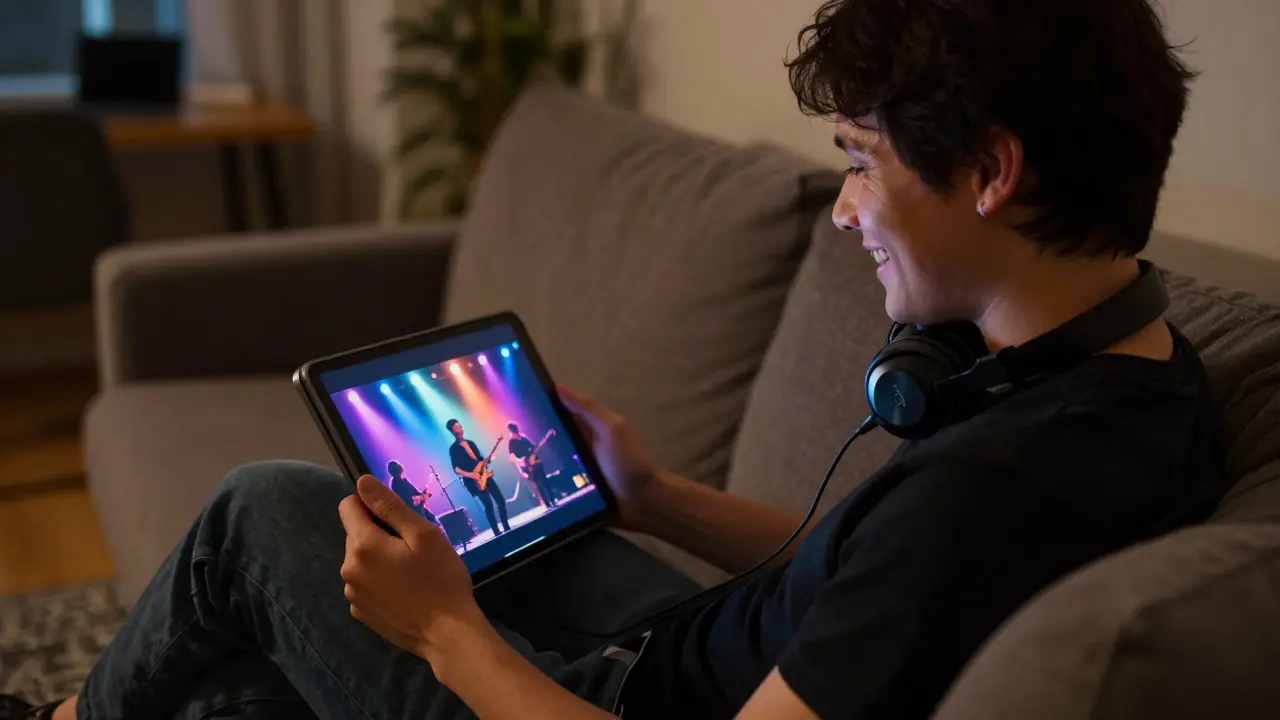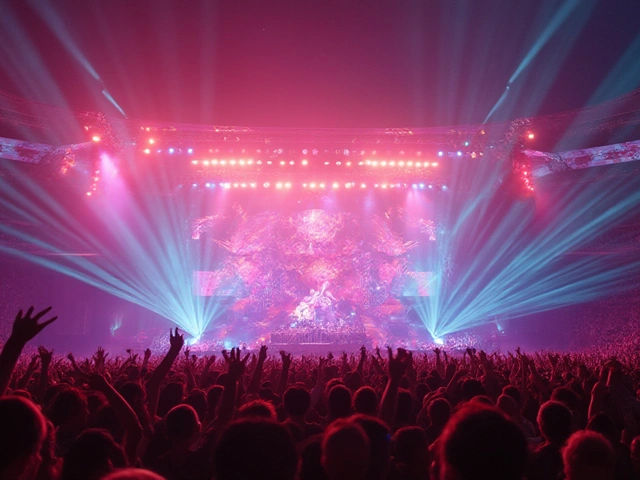Live Music Streaming: How to Watch Concerts Online and What You Need
When you can’t be at a concert, live music streaming, the real-time broadcast of a live performance over the internet. Also known as concert streaming, it lets you feel the crowd, hear the bass, and see your favorite artist light up a stage—all from your couch. It’s not just for fans who live far away. Even people who go to shows regularly use it when they’re sick, busy, or just want to rewatch a set they loved.
Live music streaming isn’t just about hitting play. It’s about the gear, the platform, and the setup. Some artists stream for free on YouTube or Instagram, while others charge $20 for a high-def, multi-camera experience with backstage access. The difference? Crew size, camera angles, sound mixing, and whether the band even wanted to be streamed. You don’t need a $5,000 rig to do it right—many fans use a phone and a good Wi-Fi connection to catch a set from their bedroom. But if you’re the one streaming a local show? That’s a whole different ballgame. You’ll need microphones, a mixer, a reliable encoder, and a platform that won’t drop your stream when the crowd goes wild.
It’s not just about watching. It’s about what you’re watching. Some streams are raw phone videos with shaky cam and bad audio. Others are professionally produced with lighting cues synced to the music. The best ones feel like you’re right there—maybe even better, because you can pause to grab a drink or rewind the chorus you missed. Platforms like StageIt, Veeps, and even Ticketmaster’s live options have made it easier than ever to pay for a quality stream. But if you’re looking for free options, bands often go live on social media after a show, or indie artists use Twitch to connect with fans between tours.
And it’s not just about the music. Live music streaming changed how artists make money. Touring isn’t the only income anymore. A single well-streamed show can bring in more than a few local gigs. Fans buy merch during the stream. They tip. They subscribe. Some artists even do exclusive Q&As right after the set. It’s a full experience, not just a recording. That’s why even big acts like Taylor Swift and BTS have experimented with paid streams—because fans will pay to be part of the moment, even if they’re not in the room.
There’s also the tech side. If you’ve ever watched a stream that lagged, froze, or cut out during the big song—you know how frustrating it is. That’s where things like low-latency streaming, adaptive bitrate, and dedicated internet connections matter. You don’t need to be an engineer to get it right, but knowing a few basics helps. Wired over Wi-Fi. Close background apps. Test your upload speed. These aren’t fancy tricks—they’re the difference between a smooth show and a buffering nightmare.
And don’t forget the legal side. Not every stream is allowed. Some venues ban recording. Some labels restrict uploads. That’s why official streams from the artist or promoter are your safest bet. Fan uploads might disappear overnight. Official streams? They stick around, often with bonus content like interviews or acoustic versions.
Whether you’re a fan wanting to catch a show you missed or someone thinking about streaming your own gig, live music streaming is no longer a backup plan—it’s part of how music lives today. Below, you’ll find real guides on how to do it right, what gear actually works, where to find free streams, and how much it costs to put on a professional broadcast. No fluff. Just what you need to know.







